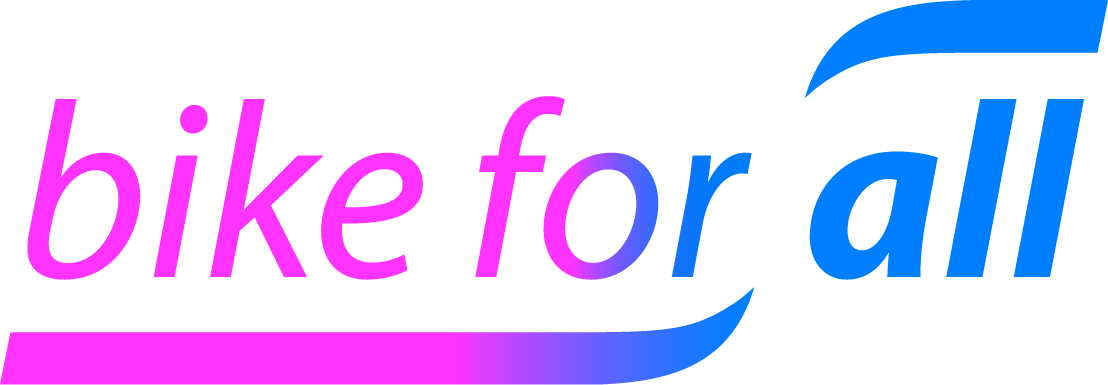
Safer Cycling for Year 5
Cycling is fun, keeps us fit and helps keep the air we breathe cleaner. Cycling can help to reduce school gate congestion, at both primary and secondary schools.
However being a road user exposes cyclists to potential dangers. We aim to equip children with the skills and knowledge to cope. In Year 5 children will be more independent and may already be riding on the road. This course is designed to explain the rules of the road as they apply to cyclists, and offer safety and maintenance advice. It has a strong emphasis on practical training, and pupils will experience level 1 of the national standards, and be introduced to level 2. A full list of the milestones and outcomes is available on our National Standards page.
Some secondary schools require that pupils must have completed the course before they can ride to school.
Each June we ask eligible primary schools to let us know approximately how many children wish to take part in the next school year. From this we prioritise schools, based on their commitment to travel plans and safer routes to school projects, and arrange suitable dates.
The course is
most effective when it is part of an on going programme of road safety
education.
Who
can take part?
How does the course work?
What do the children get?
What does the school need to
provide?
A maximum of 32 children can take part in each course. These children should already be able to ride a bike to a reasonable standard. Each child needs a bike that is in a road worthy condition. Parents are responsible for providing this. We also recommend that children wear a cycle helmet, but this is not compulsory.
A bike check is included in the training, and tutors may not allow children to continue if they consider that the bike, or the child's ability to ride, will put them at risk.
If more than 32 children want to take part, it may be possible to run a second course. Speak to the Road Safety Officer if this applies to your school.
Once dates have been arranged the Road Safety Unit (RSU) will provide the school with consent forms, posters and parents information leaflets. The consent forms must be returned to the RSU by the date specified. Only those children whose forms have been returned will be allowed to take part.
Each course consists of two sessions lasting 2½ hours. These take place on two consecutive days. The training is delivered by trained tutors with an maximum adult:child ratio of 1:8. All tutors have current CRB checks.
A member of staff from the school must accompany the tutors, and will be responsible for discipline. Tutors will ask for any child who behaves inappropriately to be returned to the school.
Session A consists of a classroom session on the Highway Code and safety issues, followed by a bike check and playground session.
Session B takes place on roads around the school. All routes have been pre-checked, and children are provided with high visibility clothing.
There is no formal test, but a report is compiled on each child, highlighting strengths and weakness shown during the training..
If you would like a copy of the risk assessment, or further details, contact the Road Safety Officer.
During the classroom session children will be given a copy of the Highway Code and a Safer Cycling Handbook explaining manoeuvres and signals.
At the end of the course they will be given their highway code test, an assessment sheet (evaluating their practical skills), a certificate and a bike frame badge.
What does the school need to provide?
Training is provided free of charge, but the school is responsible for the following :
The school is responsible for returning the official consent form to the Road Safety Unit
A member of staff at the school must be available to help supervise the course
The school is responsible for maintaining good behaviour and discipline - children who
behave inappropriately will be returned to the schoolFor Session A a classroom and the playground are required
After Session B the tutors require access to a classroom / staff room to complete
their paper work